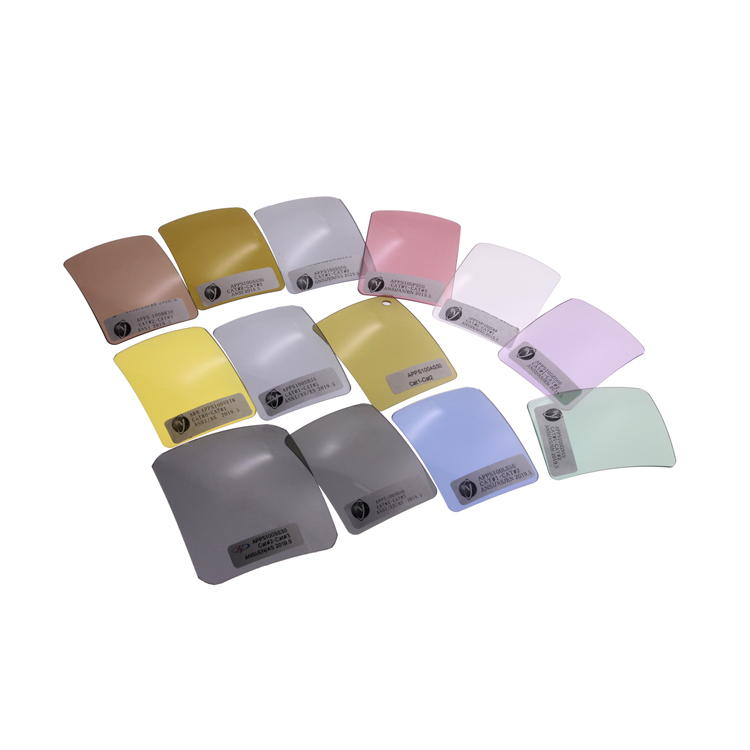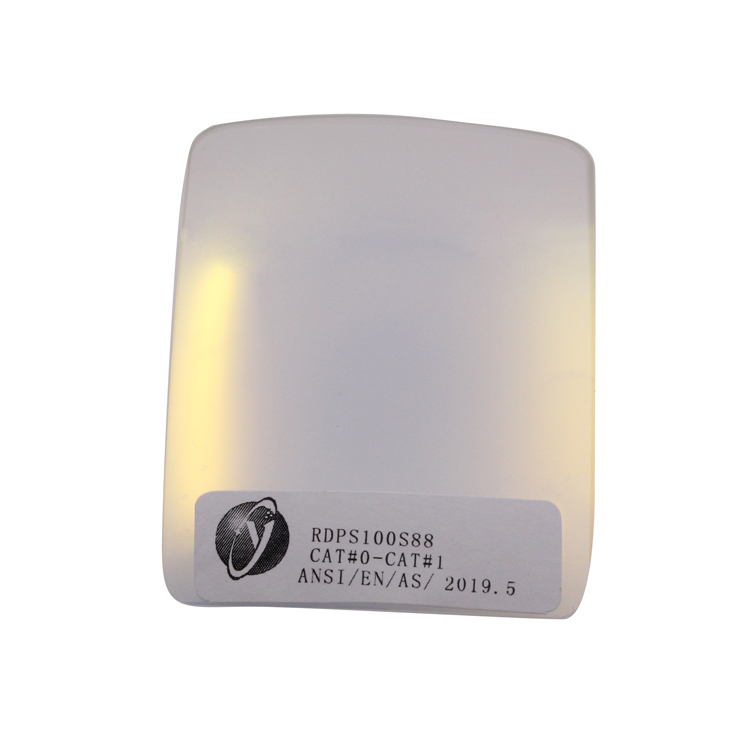Photochromic Lenses According to the principle of reversible light and color interaction,the lens can quickly darken under the irradiation of light and ultraviolet rays, block strong light and absorb ultraviolet rays, and have a neutral absorption to visible light; back to the dark place, it can quickly return to a colorless and transparent state, ensuring the lens Light transmittance. Therefore,photochromic lens is suitable for indoor and outdoor use at the same time to prevent the sun, ultraviolet light, and glare from harming the eyes.

Photochromic lenses were divided into color portion photochromic lens substrate (the " group change ") and a layer of color lenses ( referred to as " film change ") two.
Lenses substrate is added in the silver halide lens substrate of chemicals, the use of halide ions in the reaction, decomposition of silver with a halogen light stimulation in the colored lens, the light becomes weak, and combined into a silver halide, The color becomes lighter. This kind of technology is often used for glass color-changing lenses.
The film color lens is specially treated in the lens coating process. For example, spiropyran compounds are used for high-speed spin coating on the surface of the lens. According to the intensity of light and ultraviolet rays, the molecular structure itself can be opened and closed to achieve the effect of passing or blocking light.

Lens characteristics
(1) Discoloration speed
The speed of discoloration is an important reference factor for the selection of discoloration lenses. The faster the lens changes color, the better. For example, from dark room to strong light room, the faster the lens changes color, so as to prevent the eye damage caused by strong light/ultraviolet ray in time. Generally speaking, film color changing technology is faster than substrate color changing technology.
(2) Color uniformity
Color change uniformity refers to the uniformity of lens color in the process of lens color changing from light to deep or from deep to light. The more uniform the discoloration, the better the discoloration lens.
(3) Service life
Generally, the service life of the color-changing lens is about 1-2 years. After the color-changing layer is spin-coated, the lens will undergo an intensified coating treatment. In addition, the color-changing substance used-the spiropyran compound itself also has good light stability.The color change function lasts longer, and can basically reach more than two years.

